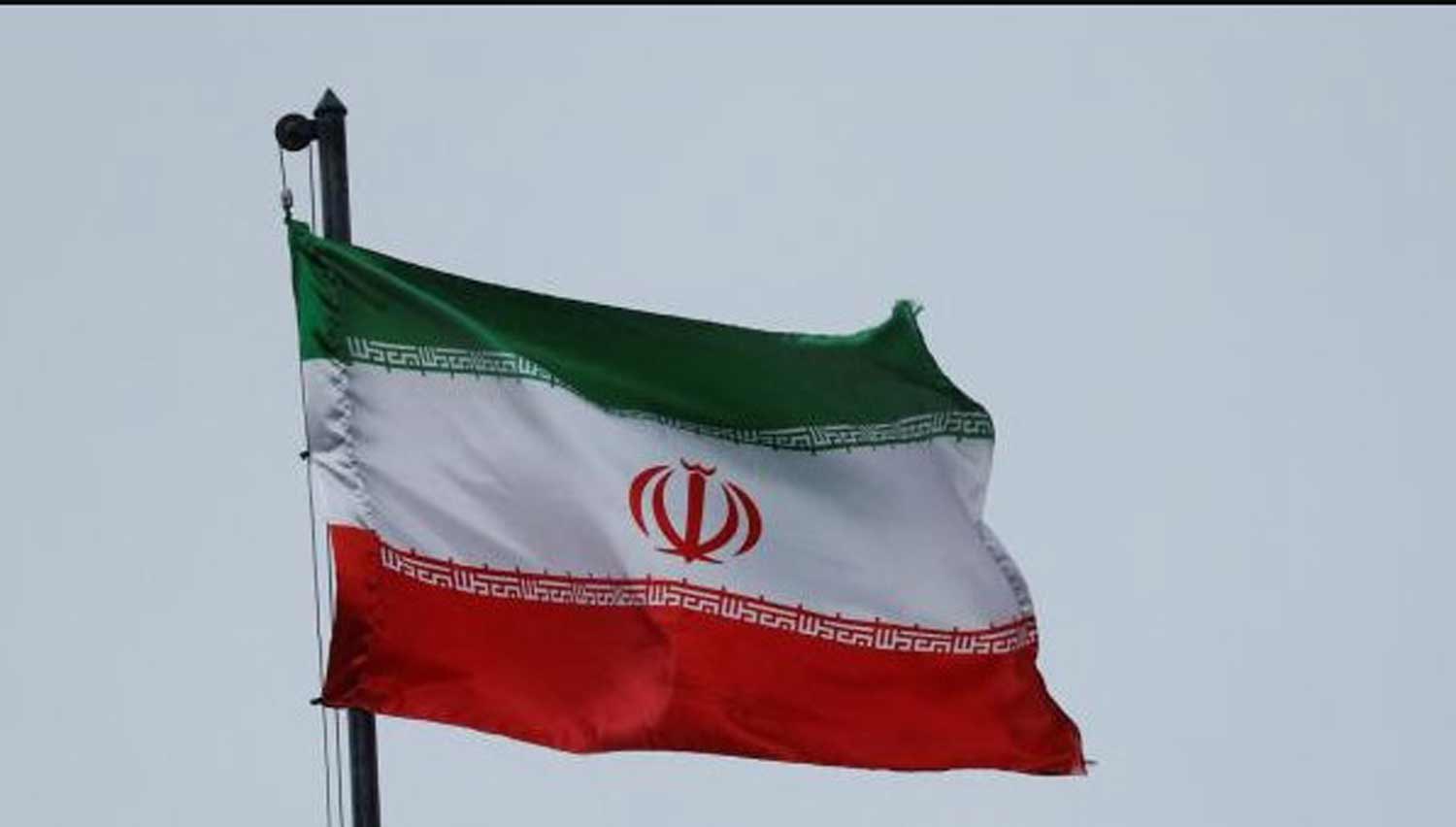Since the conclusion of World War Two, Europe has relied on the United States as a protective ally against Russia. However, the current geopolitical landscape presents challenges with strong leaders in both Washington and Moscow—U.S. President Donald Trump and Russian President Vladimir Putin. Europe’s ability to navigate this dual pressure will hinge on its financial resources, resolve, and political cohesion.
The pivotal question for select leaders, including French President Emmanuel Macron, who has convened a summit in Paris on Monday, is whether Europe can effectively confront both the U.S. and Russia simultaneously. This task is daunting, as Europe currently faces significant weaknesses and divisions. Nevertheless, European Union member states, along with non-EU nations like the United Kingdom, may still find a way to assert their interests through collaborative efforts.
Recent developments have underscored Europe’s precarious situation. Trump initiated peace discussions regarding Ukraine with Putin before reaching out to Ukrainian President Volodyr Zelenskiy. Subsequently, U.S. envoy to Ukraine, Keith Kellogg, indicated that Europe would not play a role in the upcoming peace talks set to take place in Saudi Arabia. There is a concern that Trump might broker a deal perceived as a surrender by Kyiv, presenting it as an accomplished fact.
Additionally, U.S. Defense Secretary Pete Hegseth informed European NATO allies that they must take on greater responsibility for their own defense, as the U.S. is shifting its focus. U.S. Vice President JD Vance further criticized European governments for allegedly stifling free speech and far-right political movements. To compound matters, Trump has threatened to impose “reciprocal” tariffs on countries that impose higher trade taxes than the U.S., a move that could significantly impact Europe, especially since he mistakenly equates high value-added taxes in Europe with tariffs.
PLAN A AND B
Europe’s foremost objective should be to prevent Trump from compromising Ukraine’s interests. While the likelihood of achieving this is low, the most effective strategy would be for Europe to pledge the majority of the security assistance that Ukraine will require in the event of a ceasefire agreement—contingent upon consensus among European nations and Kyiv regarding the terms.
However, this approach faces two significant challenges. Firstly, European countries have limited troop availability, with some, like Poland, preferring to retain their forces for potential defense against Russian aggression. Secondly, it is likely that Putin will reject any proposals, and Trump may align with his Russian counterpart’s wishes.
Thus, while it is beneficial for Europe to bolster the U.S. president’s resolve, it must also prepare a contingency plan should Trump attempt to enforce an unacceptable agreement on Ukraine. In this scenario, Europe’s most viable option would be to enhance its military and financial backing for Kyiv.
This alternative plan, however, presents its own set of challenges. One issue is that Europe may find it difficult to compensate for any withdrawal of support from the Trump administration. The continent is not producing weapons quickly enough to match American supply levels and would struggle to provide critical military capabilities, such as the timely intelligence that the U.S. offers to assist Ukraine in effectively targeting Russian forces. Even with maximum effort, there remains a risk that Kyiv could ultimately face defeat.
Another concern is that Trump might react negatively if Europe undermines a potential agreement with Putin. He could respond by lifting U.S. sanctions on Russia, thereby enabling the Kremlin to replenish its military resources. Additionally, he may threaten European leaders with abandonment in the event of a Russian incursion.
Trump is likely to be cautious about giving the impression that he is abandoning Ukraine while Europe continues to support it, which may influence him to remain steadfast in negotiations. However, Europe cannot rely solely on this possibility and must prepare a Plan C.
PLAN C
Should other strategies prove ineffective, European nations should focus on establishing a robust European component of NATO capable of deterring a Russian offensive, even in the event of U.S. withdrawal. This strategy would be prudent regardless of the outcome. However, if Ukraine suffers defeat, European countries must act swiftly and decisively, as they could become the next target for Russia.
There are significant challenges to this approach. One major obstacle is the substantial financial investment required. Increasing European defense spending to the widely accepted minimum of 3% of GDP would necessitate an additional $2.2 trillion in current terms. Furthermore, the process of building up defenses will take years, leaving the continent exposed during that time.
Another critical issue is whether European nations are willing to share their sovereignty to achieve this goal. As Friedrich Merz, the German opposition leader and frontrunner in the upcoming elections, emphasized at the Munich Security Conference, Europe must simplify, streamline, and enhance its defense production. However, this would likely require the elimination of many smaller national programs.
The most challenging issue is whether Europe would still gain from the security of a nuclear umbrella if it cannot depend on the United States. While France and Britain possess nuclear arsenals, it remains uncertain if they would be inclined to deploy them in the event of a Russian aggression against other nations.
Moreover, Europe must maintain cohesion while navigating such a complicated and high-stakes strategy. This task is complicated by the increasing influence of right-wing nationalist parties in several European nations, which resist deeper integration.
Conversely, Trump’s actions may have served as a crucial impetus for Europe to unify. His administration’s confrontational approach could provide mainstream political parties in Europe with an opportunity to counter their right-wing opponents in upcoming elections. For instance, Trump’s threats regarding Canada have seemingly aided the ruling Liberal Party in narrowing the gap with Conservative contenders in public opinion surveys.
Achieving this will not be straightforward. However, Europe has limited options unless it chooses to align with Trump in pressuring Ukraine into an unfavorable agreement with Russia.
Discover more from Defence Talks | Defense News Hub, Military Updates, Security Insights
Subscribe to get the latest posts sent to your email.





